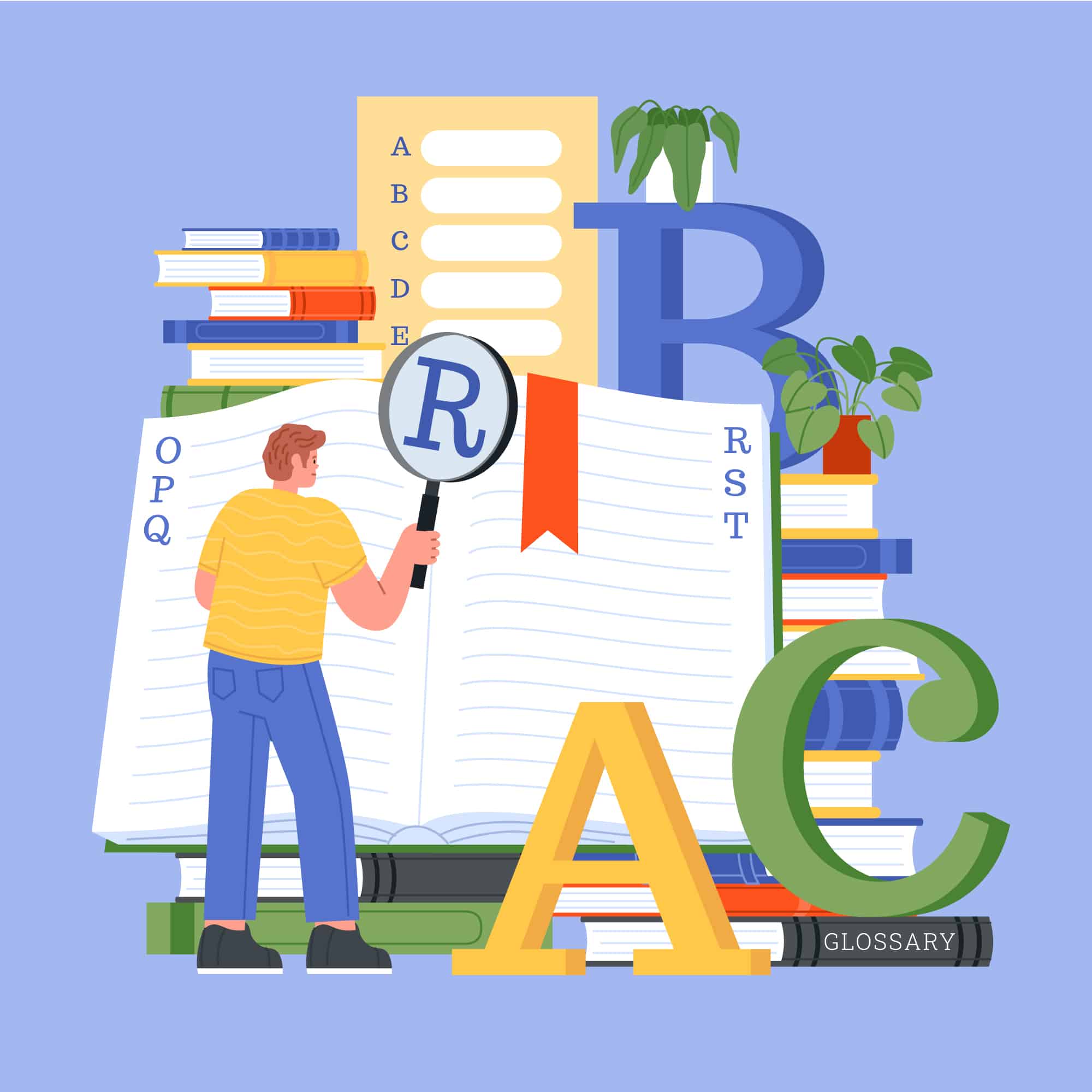Table of Contents [hide]
Have you ever been captivated by the enchanting melody of a poem? The way each word dances through your mind, painting vibrant images and evoking deep emotions. Well, my friend, there’s more to poetry than just words on a page. It’s an intricate tapestry woven with literary devices that add depth and beauty to every line. And one such device that holds incredible power is assonance.
Now, you may be wondering what exactly assonance is, or perhaps you’ve heard of it but aren’t quite sure how it works. Fear not! In this blog post, we will delve into the fascinating world of assonance – its definition, its impact on poetry, and how you can harness its magic to elevate your own writing. So grab a cup of tea (or coffee if that’s your preference), sit back, and let’s embark on this melodic journey together!
What is assonance?
When it comes to understanding assonance, it’s all about the sounds. Assonance is a literary device that focuses on the repetition of vowel sounds within words or phrases. It adds a musical quality to poetry, creating a melodic resonance that lingers in the reader’s ears.
Unlike its cousin, consonance, which emphasizes repetitive consonant sounds, assonance works with vowels. This creates an entirely different effect – one that is softer and more subtle. Think of it as a whisper of harmony rather than a bold crescendo.
Assonance can be found in various forms throughout poetry – from sonnets to haikus and everything in between. It often appears unexpectedly, surprising readers with its clever placement and evocative impact.
One example of assonance can be seen in Edgar Allan Poe’s famous poem “The Raven.” In this haunting piece, Poe masterfully weaves together words like “dreary,” “weak,” and “weary” to create a sense of melancholy and despair.
But don’t think that assonance is limited to gloomy themes! It can also enhance moments of joy and celebration through its gentle harmonies. Just take William Shakespeare’s Sonnet 18 for instance – his use of repeated long vowel sounds like “fair” and “day” gives the poem an ethereal quality that perfectly captures the beauty he describes.
Now that you have grasped what assonance is all about let’s explore how you can incorporate this enchanting device into your own writing…
The definition of assonance and how it’s used in poetry
Assonance is a powerful poetic technique that adds a touch of musicality and rhythm to a poem. It involves the repetition of vowel sounds within words, creating a harmonious effect when read aloud. This can be done with any vowel sound, whether it’s long or short.
In poetry, assonance is often used to enhance the overall mood and tone of the piece. By repeating certain vowel sounds, poets can evoke specific emotions or create vivid imagery in the reader’s mind. For example, using long “o” sounds in a poem about longing or sorrow can convey a sense of melancholy and sadness.
Assonance also helps to create memorable lines in poetry. The repeated vowel sounds make certain words stand out and linger in our minds after reading them. This adds depth and complexity to the poem, making it more enjoyable for readers.
Moreover, assonance allows poets to experiment with language and play with different combinations of words. It gives them creative freedom to manipulate sound patterns within their poems and create unique effects that capture the essence of their message.
Assonance is an essential tool for poets who want to add beauty and musicality to their work. Its ability to enhance meaning through sound makes it an invaluable technique that every poet should explore and embrace in their writing journey.
Also Read: 25 Poetic Devices That Will Take Your Writing to the Next Level
Examples of assonance in poetry
Assonance, the subtle art of creating musicality through vowel sounds, adds a touch of magic to poetry. It’s like a hidden melody that dances across lines, enchanting readers with its rhythmic beauty. Let’s explore some examples of assonance in poetry!
In Edgar Allan Poe’s haunting poem “The Raven,” he masterfully uses assonance to create an eerie atmosphere. Take the line: “And the silken sad uncertain rustling.” The repetition of the short “i” sound gives this phrase a captivating and mysterious quality.
Another stunning example can be found in Robert Frost’s famous poem, “Stopping by Woods on a Snowy Evening”: “Whose woods these are I think I know.” Here, the repeated long vowel sound in “whose,” “know,” and even subtly echoed in “woods” creates a gentle yet powerful harmony.
Langston Hughes also employs assonance brilliantly in his poem “Dreams”: “…
For if dreams die / Life is a broken-winged bird…” The use of internal rhyme and repeated long vowel sounds brings forth both emotion and resonance.
These examples demonstrate how poets skillfully weave together words that not only convey meaning but also evoke emotions through their harmonious sounds. So why not try incorporating assonance into your own writing? Experiment with different vowel sounds, play with rhythm and rhyme – who knows what lyrical wonders you’ll discover!
How to use assonance in your own writing
Assonance is a powerful tool that can bring beauty and musicality to your writing. By strategically using repeated vowel sounds, you can create a captivating rhythm and enhance the overall impact of your words.
One way to incorporate assonance into your writing is by paying attention to the sounds of different vowels. Experiment with varying combinations of long and short vowels, such as “o” and “ee,” or “a” and “i.” Play around with these sounds until you find combinations that evoke the desired emotions or atmosphere in your piece.
Another technique is to focus on specific lines or stanzas where you want to create emphasis or draw attention. Introduce words with similar vowel sounds within close proximity, repeating them subtly throughout the text. This repetition not only adds cohesion but also creates an enjoyable auditory experience for readers.
Remember, however, that moderation is key when it comes to using assonance. While it can be a powerful tool, excessive repetition may lead to monotony or distract from the overall message of your writing.
Incorporating assonance into your work requires practice and experimentation. Take time to read aloud what you’ve written; this will help you identify any awkward sounding phrases and make necessary adjustments.
Assonance allows writers to unlock new possibilities in their craft by adding depth through sound patterns. So why not give it a try? Explore how this sonic technique can elevate your writing and captivate readers’ ears along with their minds!
Also Read: Personification in Poetry: A Creative Tool for Expressing Emotion and Imagination
Conclusion
Assonance is a powerful tool that adds depth and beauty to poetry. By using repetition of vowel sounds, poets create a musical quality that resonates with readers on an emotional level. It allows words to flow together seamlessly, creating a harmonious experience that captures the essence of the poem.
Throughout this article, we have explored what assonance is and how it is used in poetry. We have examined various examples, from classic works to modern pieces, showcasing the versatility and impact of assonance in shaping poetic expression.
Moreover, we have discussed how you can incorporate assonance into your own writing. By paying attention to vowel sounds and intentionally repeating them within lines or stanzas, you can enhance your poems with rhythm and melody.
So go ahead and experiment with assonance! Let your creativity run wild as you explore new ways to play with sound in your writing. But remember: while assonance can lend elegance to your poetry, it should always serve the overall message or theme of your work.
In conclusion (without explicitly saying “in conclusion”), understanding what assonance is unlocks a whole new world of possibilities for both readers and writers alike. So let’s embrace this beautiful element of language and continue discovering its wonders in the realm of poetry!







